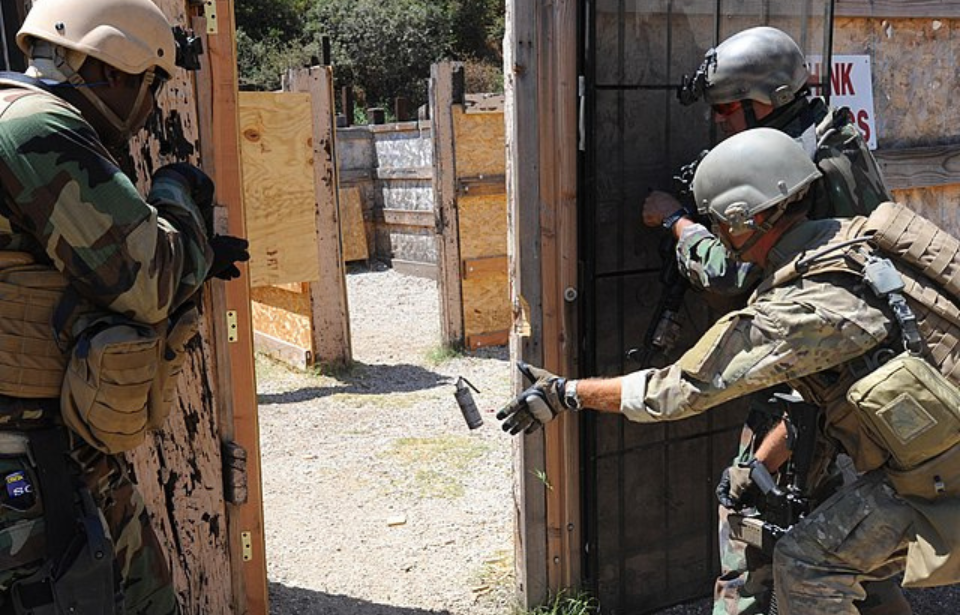Stun devices are among the most important non-lethal tools at a soldier’s disposal. They have the ability to disorient a target without causing harm, allowing the person(s) who deployed them a few extra seconds to get in position and gain the upper hand. Among the first to be created was the flashbang, a grenade that evolved from the increasing number of terrorist attacks that were occurring in the 1970s.
What is a flashbang grenade?
Also known as a stun grenade, thunderflash, sound bomb and flash grenade, the flashbang is among the earliest “non-lethal” weapons to be developed. Constructed from an aluminum or steel casing that’s built to remain intact, it uses a mixture of chemicals (typically potassium nitrate or potassium perchlorate) to create a reaction designed to stun targets.
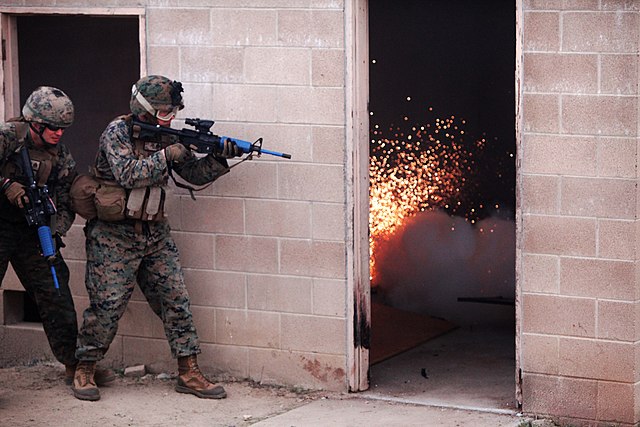
The flashbang disorients targets in two ways. The first is through a flash of light measuring several million candela, which is caused by the ignition of a magnesium-based charge. Capable of blinding a person for around five seconds, it’s followed by an afterimage that temporarily impairs one’s vision. There have also been reports of pain, due to potential harm to the retina, but none of these effects are permanent.
As CEENTA ophthalmologist Ernest Bhend, MD explains, “Flashbang grenades will cause an effect called ‘flash blindness’ which is due to overloading the light receptors in the eye and causing a significant afterimage. The effect is temporary and reversible. The intense light can cause pain, but should not cause permanent damage to your eyes.”
The second way in which the device causes disorientation is the loud “bang” it produces, which typically measures around 170 decibels. This causes ear ringing and temporary deafness, as well as an inner ear imbalance. While flashbangs are designed to limit injury to targets, there have been reports of permanent hearing loss, due to how loud they are.
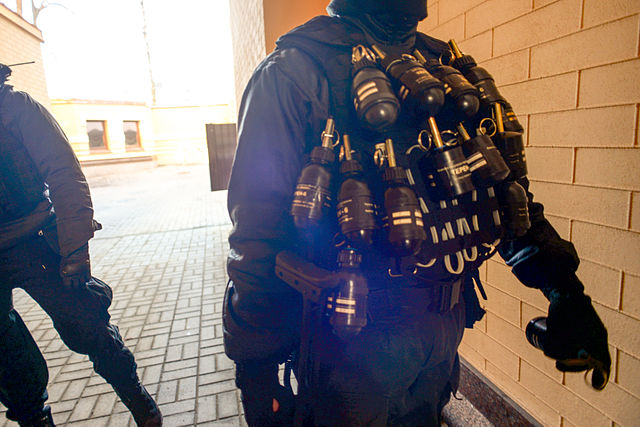
While considered a non-lethal weapon, serious injuries aren’t uncommon and deaths have occurred. This is typically due to the proximity of the target to the detonation or structure fires caused by the grenades going off.
Developed for the Special Air Service
Flashbang grenades were first developed in the late 1970s for use by the British Army’s Special Air Service (SAS). The special forces unit had created a Counter Terrorist Wing in response to the increasing number of terrorist attacks, and asked engineers with Royal Ordnance Enfield to develop a new stun device for use in hostage situations.
The idea for the device was that those involved in such criminal acts would see the grenade enter the room and assume it was going to explode in a violent and deadly blast. This would cause them to hesitate, allowing the team time to enter the location and launch their assault.
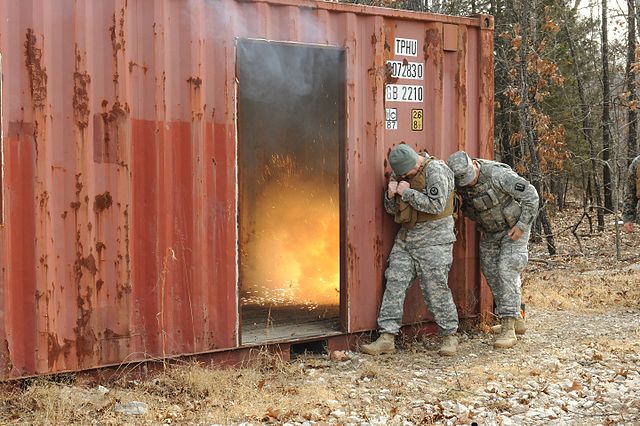
A scientist working with the British government on top-secret chemical and biological warfare research suggested adding a 4.5-gram mixture of magnesium and potassium perchlorate to the grenade, which would create an amplified “bang” and flash. The result was the G60.
Over the years, the flashbang has been adopted across the world, largely for use in hostage and urban tactical situations. Members of the SAS, in particular, have gradually become conditioned to the effects of the devices through their training and are equipped with a number of tools to protect themselves in the field. These included tinted eyepieces and respirators, as well as ear defenders that minimize the sound of the blast.
There are various types of flashbangs
Since their development in the 1970s, a number of flashbang grenades have been produced, largely for use by the military and law enforcement. The US Bureau of Alcohol, Tobacco, Firearms and Explosives (ATF) has classified them as a destructive weapon and, as such, they’re largely unavailable for commercial sale.
The current-issued grenade equipped by the US military and Special Weapons and Tactics (SWAT) teams is the M84, which is capable of producing a “bang” of between 170-180 decibels and a flash of over one million candela. As with other flashbangs, those within five feet of the detonation site will suffer immediate blindness, inner ear disruption, deafness, tinnitus, confusion, disorientation and a loss of balance.
While the M84 is incapable of igniting material that’s typically flammable, the same can’t be said for liquids and vapors.
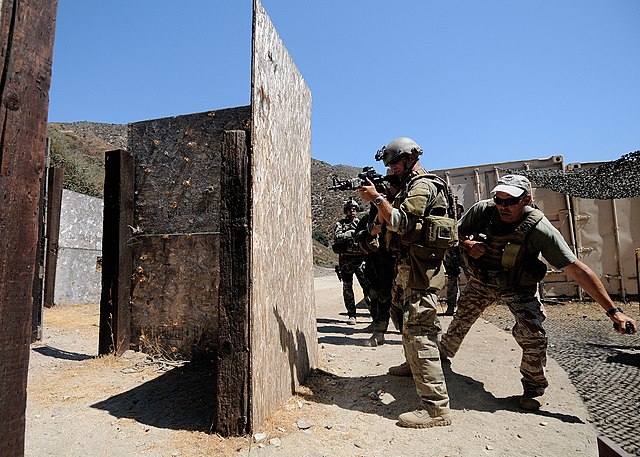
More from us: The M202 FLASH Has Been in Pseudo-Retirement for Decades – Why?
Flashbangs have also evolved for use in crowd control scenarios, with the ability to detonate multiple times. They typically contain irritants, such as CS or CN tear gas, and some can be deployed aerially, with the ability to fly between 20-30 feet.
